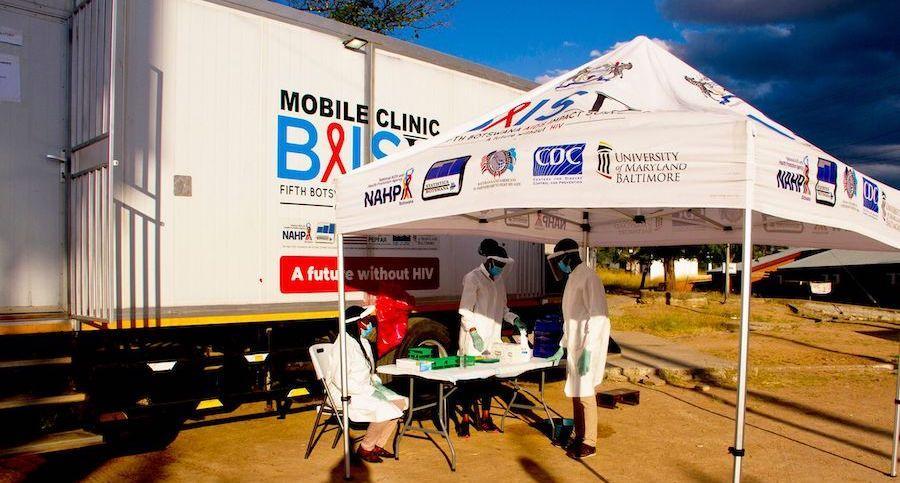Africa-Press – Botswana. The fifth Botswana AIDS Impact Survey 2021(BAIS V) report released this month painted some positive and negative pictures on the HIV and AIDS situation in the country.
One of the outcomes that the nation could derive pride from is the UNAIDS’ 95-95-95 targets, which were set with the aim that by the year 2025, 95 per cent of all people living with HIV would be aware of their status, 95 per cent of those who were diagnosed would be on antiretroviral therapy and 95 per cent of those who were on ART would have Viral Load Suppression (VLS).
Viral load suppression means a virus so low such that chances of it being transmitted to the next person are low or non-existent.
Botswana’s performance towards achieving these targets indicated that the country in fact surpassed them in all the three categories among adults from 15 to 64 years living with HIV at 95-98-98.
The report indicates that at the district level, there were some differences in achievement of the 95-95-95 targets, with the achievement highest at 99-98-100 and 99-99-99 in Selibe Phikwe and Kgalagadi North respectively, while Ghanzi did not achieve the first target as it sat at 90-96-96 along with ten other districts.
Every district however, reached the overall target of 95 per cent of all adults living with HIV on treatment and 95 cent of all adults living with HIV on treatment with VLS, with the exception of Kgatleng and Central Tutume respectively.
The report indicates that over half of districts attained more than 95 per cent of people living with HIV being aware of their HIV status, with the lowest district in the category being Ngwaketse South at 89.6 per cent.
“All districts also attained the target of 85.7 per cent of the adult population with viral load suppression except Ghanzi and Gaborone.”
The report further reveals that over 95 per cent of those diagnosed with HIV were on treatment across all districts except Kgatleng at 94.4 per cent, and that more than 95 per cent of those on treatment were virally suppressed with the exception of Central Tutume at 93.4 per cent.
It also indicates that in Botswana, 34.8 per cent of households have at least one member living with HIV, and that the proportion of households headed by a person living with HIV was higher among female-headed households at 36.4 per cent compared to male-headed households at 21.3 per cent.
According to the report prevalence of HIV among adults in Botswana was approximately 20.8 per cent, which represented 329 000 of adults living with HIV in the country in 2021, with the prevalence higher in the age range of 45 to 49.
Perhaps what was encouraging according to the report is that many people interviewed indicated that they had done an HIV test at one point in their adult life, with 80 per cent of adults aged between 15 to 64 years indicating that they have done so.
Other positives from the report were that prevalence of viral load suppression among adults aged 15-64 years was 91.8 per cent, while 95 per cent of females who delivered a child in the 12 months before the survey reported knew their HIV status when they were pregnant.
The report indicates that 69.8 per cent of people who tested HIV negative indicated willingness to take Pre-exposure Prophylaxis (PrEP), which is the used by people at risk to prevent HIV acquisition.
For More News And Analysis About Botswana Follow Africa-Press






